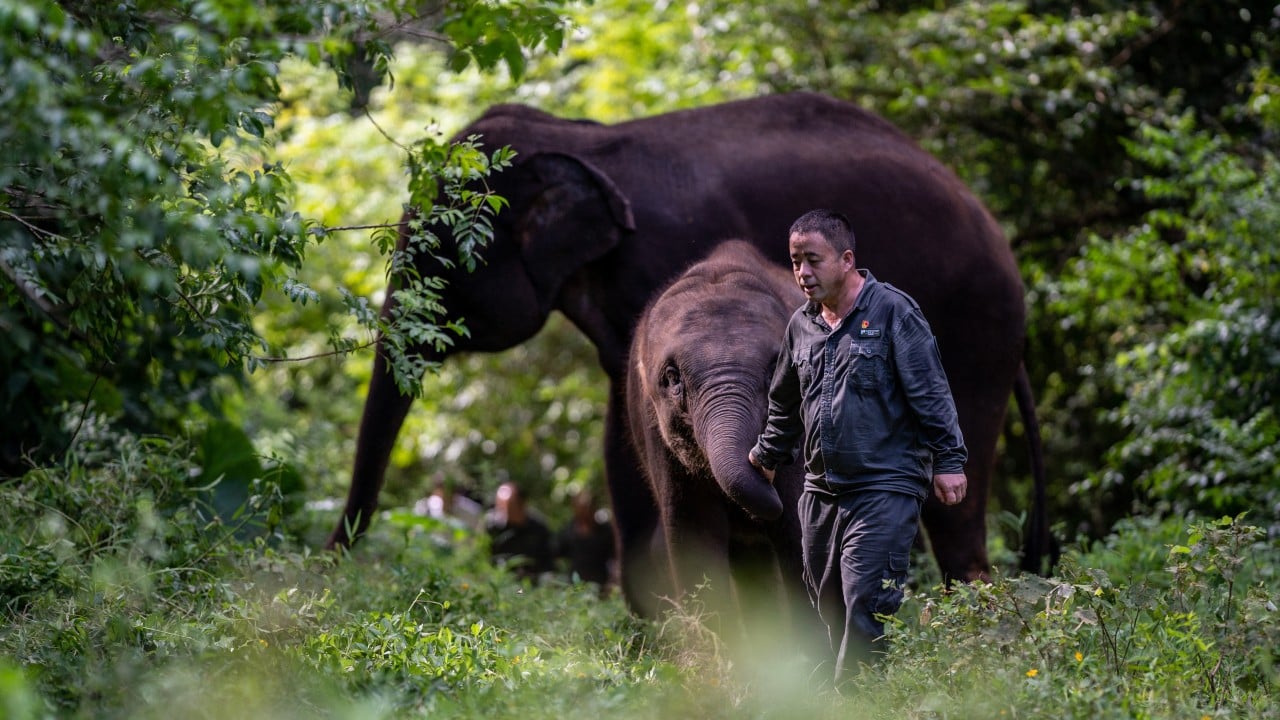Nature’s delicate balance, shaped by millions of years of evolution, is on the verge of collapsing. WWF, the global conservation body, released its 2024 Living Planet Report this month. According to the report, wildlife populations have declined by an average of 73 per cent since 1970, with some regions facing even steeper declines.
Advertisement
In Latin America and the Caribbean, wildlife populations have decreased by 95 per cent, signalling a near-total breakdown of the ecological systems. This crisis arises from a complex interplay of threats, including climate change, habitat destruction, pollution and resource exploitation.
The repercussions of biodiversity decline extend beyond environmental issues and are beginning to significantly impact the global economy. The World Bank’s analysis highlights a potential US$2.7 trillion loss in global gross domestic product by 2030 due to the collapse of biodiversity’s ecosystem services, including wild pollination, marine fisheries and timber from native forests.
A larger estimate from Oxford University researchers indicates that shocks to the global economy based on nature-related risks could exceed US$5 trillion.
There have been global efforts to overcome these issues for quite a while. In June 2001, the United Nations launched the Millennium Ecosystem Assessment, which led to a series of reports. The initiative has significantly influenced public policy by providing a scientific foundation for understanding the relationship between ecosystem services and human well-being.
Advertisement
Despite substantial progress, challenges remain in accurately assessing the economic value of these services and translating that value into concrete investments. Addressing these obstacles is crucial for ensuring the long-term health of our planet and the prosperity of future generations.

